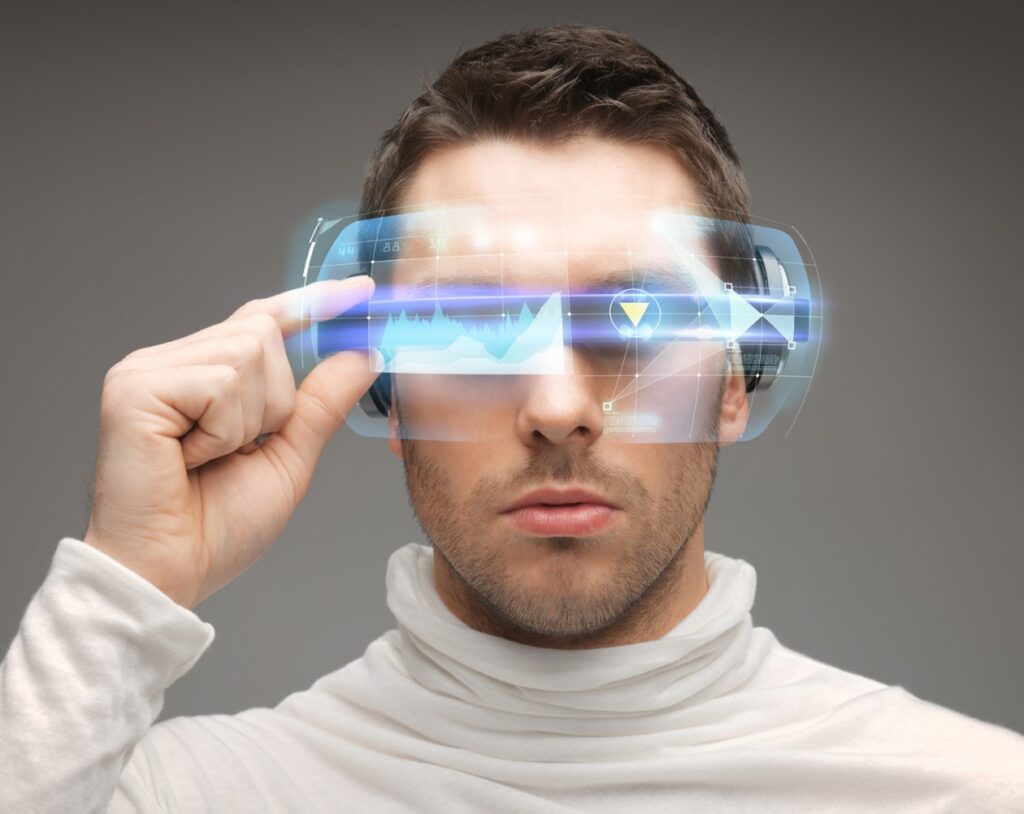This is the First Chapter of our Book “The New Digital HR Leader” -> You can download it here
Nothing is like it was. Our way of living has changed so drastically over the last few years. This new world in which we live seems like something out of a futuristic film. Technologically speaking, it is closer than ever to the imaginary genre of science fiction: self-driving cars, robots controlled by our minds, highly developed artificial intelligence and more. All such advances integrate into the physical world we know, transforming it forever. But it is not just “what we see” that has undergone radical changes. It is also “what we don’t see”, our mental universe, our brain. And perhaps that is just where the fundamental difference lies.
So much so that Nicolas Carr, the author of the book, The Shallows: What the Internet is Doing to Our Brains, feels his life is divided into two acts: the first act in the analogical world, and the other in his present day life in the digital world. Carr can no longer read books, or at least not in the way he used to before, line by line. Today, both he and his friends have the same problem. Instead of reading, they nibble, flitting from one place to another, apparently assimilating information. Almost like a machine. What is happening to us? How does this affect our brain?
According to the communications media guru, Marshal MacLuhan (not in vain the creator of the term, global village), we are in the midst of a juncture in our intellectual and cultural history, a moment of transition between two very different modes of thinking. Yes, you read it right—of thinking. This is just how MacLuhan put it, “The medium is the message”. The medium dominates content even more; the medium influences us, it changes us and ultimately transforms us. The medium in this case is the digital world.
Digital is not new. So why write a book on this subject? It’s simple: for the first time since the internet emerged, digital has become a way of life, plus it has changed our physical environment and us. Heading towards 2020, technology and the digital world are not just tools, but also the environment we ultimately move in. How can we understand this new world? Can there be any possible definition?
In 2014, Andrew McAfee, one of the principal researchers of the Digital Business Centre at MIT was in charge of the HR Tech Vegas opening conference, a key event on state-of-the-art HR technology. His talk, titled after one of his books, The Second Age Machine, addressed issues that may seem rather surprising; issues that basically revolved around the part robots play in the workforce and the role humans would have in future jobs. Science fiction? Apparently not.
The First Machine Age is a late period of the industrial revolutions and usually dated between 1880 and 1945, peaking between the two world wars. It is marked by the great proliferation of mass and assembly production, especially of goods like automobiles and other means of consumer or war transport such as airplanes, tanks or submarines. The communications industry also developed considerably, examples include the wireless radio or record player. This era was also accompanied by a production and demographic explosion never seen before in our history.
However at the beginning of the forties, the term, Machine Age, for understanding the changes at the global level was already discontinued. We had entered into a new age that began with the atomic bomb, the first computers and the transistor among others. This period of tremendous high technology growth—and which we are still in the midst of—translates into artificial intelligence, automation or biotechnology.
When labelling this current stage of development, Andrew McAfee and Erik Brynjolfsson deliberately chose the term, The Second Machine Age, in which we witness a continuation in the great productive and demographic development that characterized the previous period along with a number of important changes. The three fundamental factors that we observe are: exponential development of computers, a colossal volume of digital information available, and combinatorial innovation (a concept that can be further explored in the book, The Second Machine Age).
We will put all these points on the back burner, most important for this analysis is to understand something fundamental that we have been saying right from the beginning: these changes are definitely affecting our cerebral constitution or the mental domain, unlike what happened in the first machine era where changes essentially affected the physical domain or the muscle power of organizations. That is why today there is so much talk of neuroscience, or why knowledge professions are so important. We are witnessing a true revolution of the brain.
It can be deduced that in this new global complexity, companies also are mutating across all scales and levels: structurally, to an extent to innovation, in relation to jobs among others. They are becoming true “knowledge organizations”. In this context, HR professionals converted into true “knowledge workers” face a double challenge. First, to adapt their own work to the new environment, and secondly, to guide people in their organizations through such a sharp change.
It is very difficult to know how to steer through a cultural transformation. So, the more that is written on the matter, the more light can we shed on circumstances which are always a step ahead. Perhaps, ultimately the key for organizations experiencing excellent progress in this revolution of the brain will lie in how far off or bang on target their performance is with such changes—the closer, the better. That is why agility will be one of the key differentiators between organizations that are up to speed and others that lag behind.






